Best Herbs for Hydroponic Farming in Pakistan & Their Growing Conditions
Hydroponic cultivation is on the rise in Pakistan, with a water-efficient, high-output way to cultivate fresh herbs sans soil. Amidst water shortage, increasing urban consumption, and a rich food culture, the soilless way is perfect for Pakistani farmers and home gardeners alike. But which herbs can grow well in hydroponics here, and under what conditions? This article points out the top herbs to grow hydroponically in Pakistan and the conditions to achieve success.
Why Hydroponics Would Work for Pakistan
Pakistan’s agriculture is beset by drought, diminishing land, and seasonal limitations. Hydroponics consumes 90% less water than conventional farming, promotes faster growth, and thrives in controlled environments—ideal for areas such as Punjab, Sindh, and urban centers such as Karachi. With the appropriate herbs and conditions, you can optimize yields and supply local demand throughout the year.

Best Herbs for Hydroponic Cultivation in Pakistan
Below are the best hydroponic herbs for use in Pakistan and their respective growing requirements:
Mint (Pudina)
Why It’s Great: A staple in Pakistani teas, chutneys, and garnishes; grows rapidly and prolifically.
Growing Conditions:
- Temperature: 20-25°C (68-77°F)—adaptable to most indoor setups.
- pH: 6.0-7.0.
- EC (Nutrient Strength): 1.0-1.6 mS/cm.
- Light: 12-16 hours daily (natural or LED grow lights).
- Harvest Time: 20-30 days (cut-and-come-again).
Tip: Use the Kratky method or NFT for low-maintenance, continuous harvests.
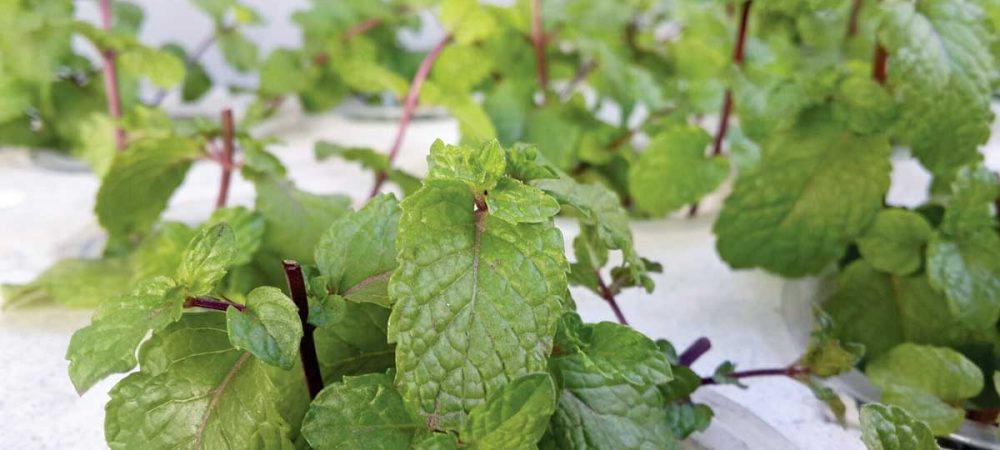
Coriander (Dhania)
Why It’s Great: Essential in Pakistani cooking, from curries to garnishes; high demand in markets.
Growing Conditions:
- Temperature: 18-24°C (65-75°F)—suits cooler seasons or shaded systems.
- pH: 6.2-6.8.
- EC: 1.2-1.8 mS/cm.
- Light: 12-14 hours daily.
- Harvest Time: 30-45 days (multiple cuttings possible).
Tip: Nutrient Film Technique (NFT) supports its shallow roots and fast growth.
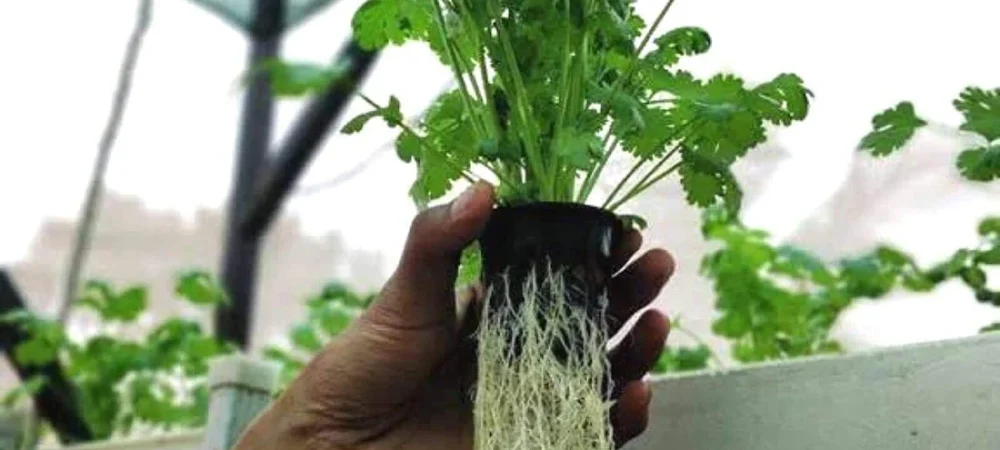
Basil (Tulsi)
Why It’s Great: Versatile for culinary use, aromatic, and increasingly popular in urban diets.
Growing Conditions:
- Temperature: 22-28°C (72-82°F)—thrives in Pakistan’s warmer climates with cooling if needed.
- pH: 5.5-6.5.
- EC: 1.0-1.6 mS/cm.
- Light: 14-16 hours daily.
- Harvest Time: 30-50 days (regular pruning encourages growth).
Tip: Deep Water Culture (DWC) ensures robust root oxygenation.
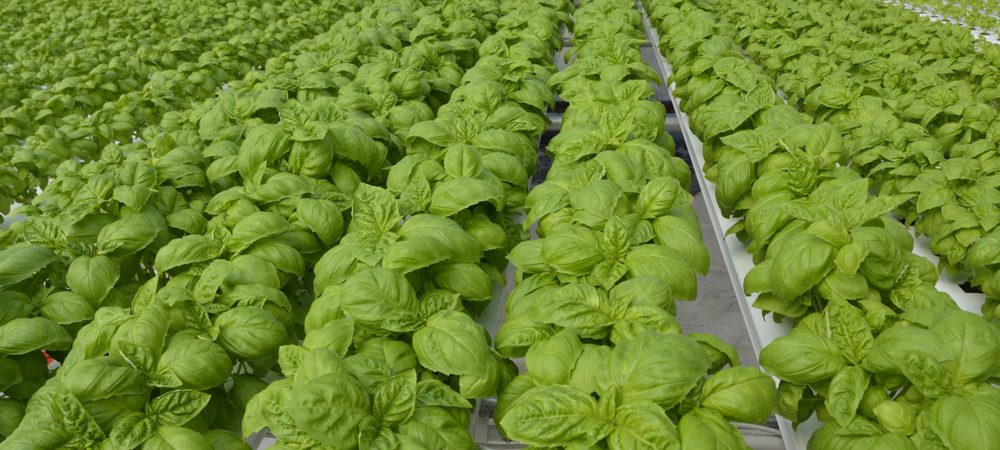
Parsley
Why It’s Great: Adds flavor to salads and dishes; growing demand in upscale markets.
Growing Conditions:
- Temperature: 18-24°C (65-75°F)—ideal for cooler months or controlled setups.
- pH: 6.0-7.0.
- EC: 1.2-1.8 mS/cm.
- Light: 12-14 hours daily.
- Harvest Time: 40-60 days (cut outer leaves for continuous yield).
Tip: Use NFT or media beds (like coco coir) for steady growth.

Oregano
Why It’s Great: Perfect for pizzas and Mediterranean-inspired dishes; hardy and profitable.
Growing Conditions:
- Temperature: 20-27°C (68-80°F)—manageable with shade in hot months.
- pH: 6.0-7.0.
- EC: 1.5-2.0 mS/cm.
- Light: 12-16 hours daily.
- Harvest Time: 45-60 days (multiple harvests with pruning).
Tip: Drip systems or NFT work well for its bushy growth.

Dill (Soya)
Why It’s Great: Popular in pickles, salads, and traditional recipes; fast-growing.
Growing Conditions:
- Temperature: 18-25°C (65-77°F)—prefers moderate conditions.
- pH: 5.5-6.5.
- EC: 1.0-1.6 mS/cm.
- Light: 12-14 hours daily.
- Harvest Time: 35-50 days.
Tip: NFT or DWC supports its feathery leaves and quick maturation.
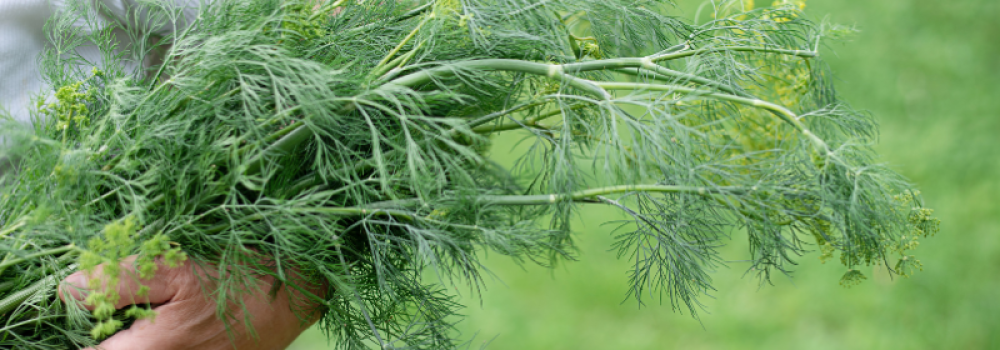
Rosemary (Rosmarinus officinalis)
Why It’s Great: Popular in cooking (e.g., roasts, breads, and oils), aromatherapy, and ornamental gardening; drought-tolerant and evergreen.
Growing Conditions:
- Temperature: 18-27°C (65-80°F)—prefers warm, Mediterranean-like conditions.
- pH: 6.0-7.0 (slightly acidic to neutral).
- EC: 1.0-1.6 mS/cm (similar to dill, rosemary thrives in moderate nutrient levels).
- Light: 12-14 hours daily (loves full sun exposure).
- Harvest Time: 60-90 days for initial harvest; can be harvested year-round once established.
Tip: NFT (Nutrient Film Technique) or DWC (Deep Water Culture) can work for rosemary, but ensure good drainage as it dislikes soggy roots. Its woody stems and slower initial growth benefit from stable support.
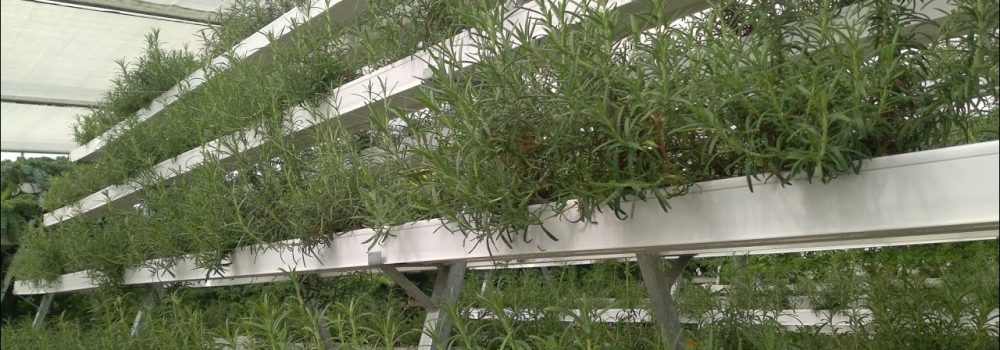
General Growing Tips for Pakistan
- Water Savings: Vital for Pakistan, where agriculture consumes 90% of water resources.
- Faster Harvests: 20-30% quicker growth meets market demand sooner.
- Higher Yields: Dense planting maximizes output per square foot.
- Flavor Boost: Precise nutrient control enhances aroma and taste—key for culinary herbs.
Benefits of Growing These Herbs Hydroponically
- Water Conservation: Essential for Pakistan, where agriculture uses 90% of water resources.
- Quicker Harvests: 20-30% faster growth satisfies market demand earlier.
- Increased Yields: Greater plants per square foot than earth farming.
- Nutrient Boost: Accurate feeding can improve flavor and nutrition—essential for health-conscious consumers.

Why These Herbs Suit Pakistan
Mint, coriander, and dill have strong roots in Pakistani cuisine and thus maintain a consistent household demand. Basil, parsley, oregano, and thyme meet urban tastes and high-end markets in urban centers such as Lahore and Islamabad. Hydroponics enables continuous production, eliminating seasonal constraints and offering fresh, pesticide-free herbs to health-aware consumers.
Get Started with Hydroponics in Pakistan
Select an herb that suits your climate and market—begin with mint or coriander for ease, or basil and oregano for high-end appeal. Try a small NFT or DWC system, then expand as you learn the conditions. Got questions or success stories? Share below—we’re here to assist you in growing!


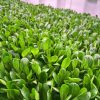
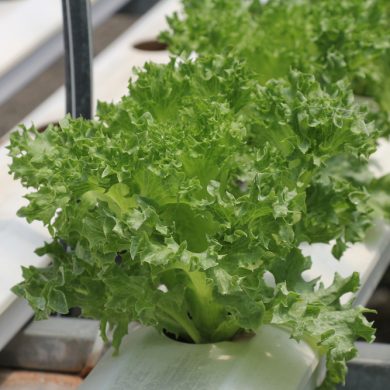
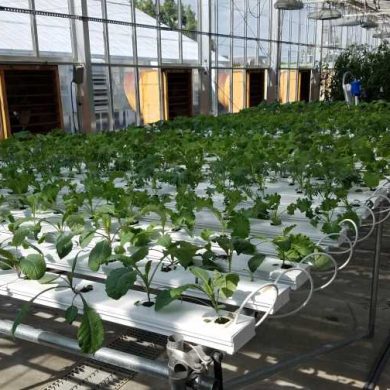
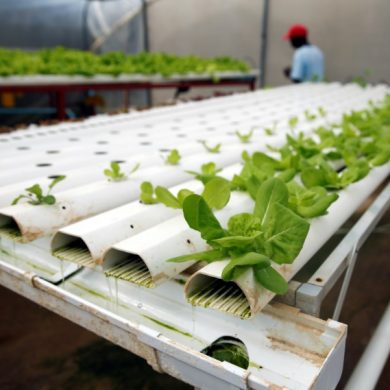
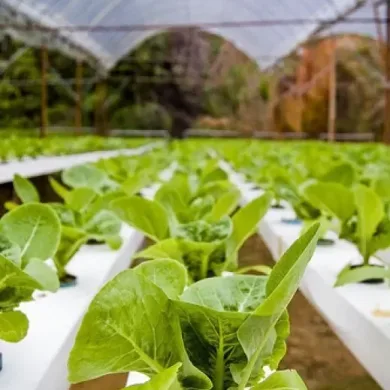



Add comment